Kauai defeated COVID-19. Next challenge: rebuilding the economy
Homeless people here on Hawaii’s North Island received an unusual invitation last year: come and set up camp on a spectacular beach, with showers, toilets and electricity, and meals supplied by the local food bank.
The offer was part of an aggressive plan by Kauai leaders to contain the spread of the virus.
Public campsites were almost deserted as tourism collapsed under the weight of the pandemic and strict quarantine rules. Leaving a few hundred people in five designated parks reduced the likelihood that they would wander across the island, contract the virus, and become carriers.
“I go to sleep to the sound of the waves,” said Gary Morris, 44, a combat veteran who has found a supportive community at Salt Pond Beach Park on the south shore. “The people here are like a family.”
The plan worked. On Kauai, home of 72,000, COVID-19 has claimed two lives in total — a death rate 60 times lower than the nation’s.
There have only been 320 infections – and the homeless population has remained safe. With half the population fully vaccinated, Kauai is well ahead of the rest of Hawaii and the nation, which has a 41% rate. .
But now the island faces a new challenge: how to rebuild the economy? Tourism-dependent Hawaii has the highest unemployment rate in the country, and Kauai is particularly vulnerable.
Food banks work overtime. Homelessness seems to be increasing. The highway that circles much of the island meanders past boarded-up shops and restaurants.
A boy rides a bike at Salt Pond Beach Park on Kauai, where the homeless are allowed to stay.
(Richard Read/Los Angeles Times)
Among the victims is the Ono Family Restaurant, which served spam and eggs, shaved ice and other Hawaiian specialties for 40 years.
“It was too hard to move on,” owner Kenny Ishii said in February, announcing on YouTube that after months in limbo, he was scrapping plans to reopen.
“Three hurricanes were easy in comparison,” he said.
As an island chain, Hawaii had a built-in advantage over other U.S. states in battling the pandemic: tight control of its borders.
Early on, the state imposed a 14-day quarantine period on anyone arriving on the islands and arrested and jailed violators. Officials later backed down, allowing travelers to avoid quarantine by presenting negative results from approved coronavirus tests taken within three days of leaving for Hawaii.
Kauai Mayor Derek Kawakami urged the state to impose additional requirements on him. Kauai is the least developed of Hawaii’s four main islands, and he argued that if the virus were to break out, the three hospitals would be overwhelmed – they would only have 20 intensive care unit beds.
“We’re literally alone in the middle of the ocean in situations like this,” Kawakami said in an interview at his office in the Lihue county seat.
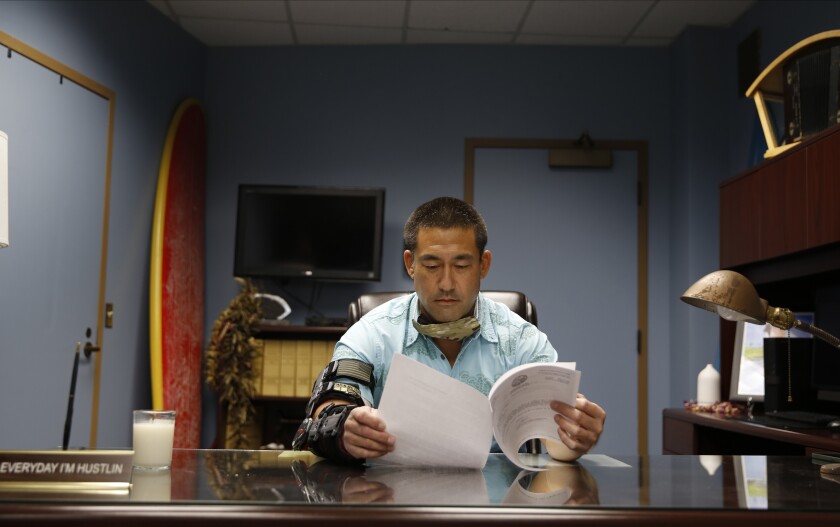
Kauai Mayor Derek Kawakami said in his Lihue, Hawaii office that the coronavirus case counts aren’t just numbers, they’re “actual people… we grew up with.”
(Caleb Jones/Associated Press)
After Hawaii Gov. David Ige denied his requests last December, the mayor resigned from the state system and returned to mandatory quarantines.
The decision expanded Kauai’s longstanding reputation as an independent spirit. Two centuries ago, the island was the last to submit to the rule of Hawaii’s king, and in 2007 protesters on surfboards thwarted plans for a car ferry from Oahu.
Kawakami said he feels a great responsibility to the constituents, who he knew from his work in the family’s grocery chain.
“For us, case numbers are not numbers,” he said. “These are real people with names we grew up with.”
The strict rules made Kauai a public health success story, but alienated many in the business community. The unemployment rate, which had hovered around 20% for the whole of last summer, was finally beginning to fall and the lockdown appeared to slow the economic recovery.
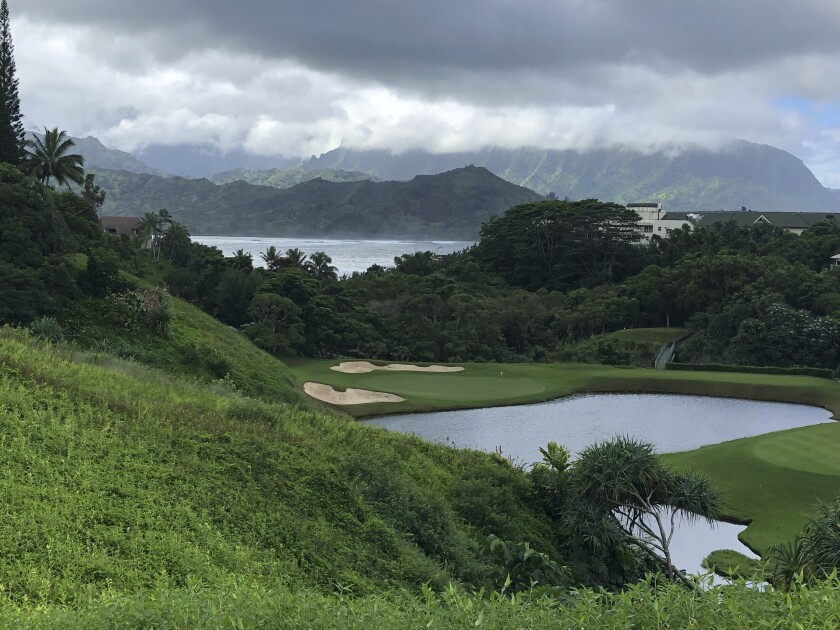
Clouds hang over a golf course in Princeville near Hanalei Bay on Kauai. Islanders were mostly coronavirus-free until Hawaii’s travel restrictions were eased in October, leading to a spate of infections.
(John Marshall/Associated Press)
In the first three months of this year, visitor numbers fell by 93% compared to the same period in 2020 — a much larger drop than either Maui or the Big Island.
“What the mayor did was totally unfair while the rest of the state was open and doing well,” said charter fisherman Lance Keener.
He and his wife had taken on $120,000 in debt to stay in business: “We were at the end of our means and wanted to work.”
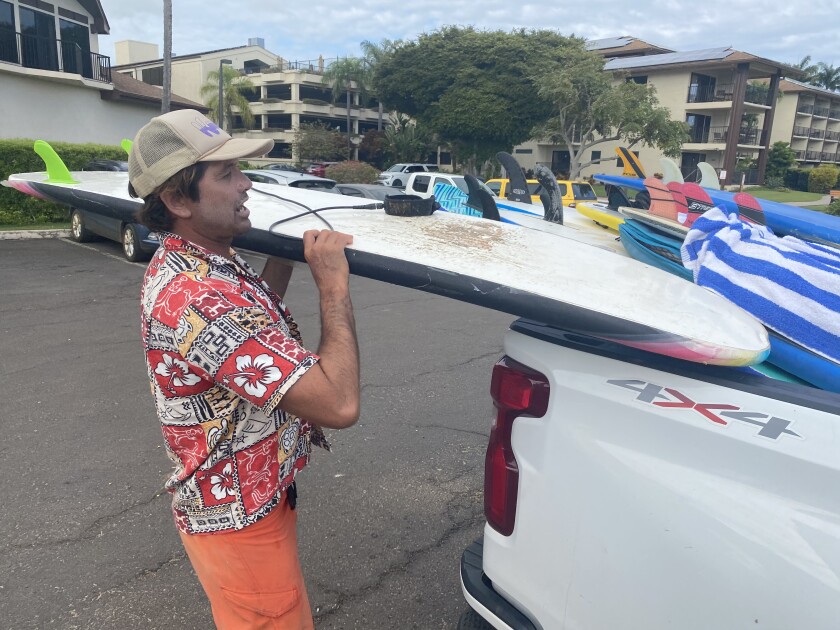
Kelley Hunt says Kauai’s pandemic restrictions have hurt small businesses like his surf school.
(Richard Read/Los Angeles Times)
dr Kauai County Health Officer Janet Berreman defended the mayor against his critics.
“If you have runaway disease rates, people won’t visit shops, tourists won’t come and workers won’t show up,” she said in an interview.
In a compromise in January, Kawakami introduced a unique system to make quarantine much shorter and more fun.
Sections of six hotels became “resort bubbles”. Visitors and residents who could prove negative tests could stay for three days – with electronic tracking bracelets – and then set off again after testing negative again.
National Guard troops conducting enforcement at Lihue Airport showed no mercy.
Dustin and Cindy Rocksvold — California vacationers who overlooked the requirement to get negative results before boarding — said in an interview they were forced to fly back to Honolulu and get tested before returning, a US910 mishap -dollars overnight.
Again, Kauai’s strategy worked, and the island was without new confirmed coronavirus cases for days. But the economy was struggling.
Residents missed out on facilities like the Kukui Grove Cinema, the closure of which left the island without a cinema.
“I kissed my first girlfriend right there,” said longtime resident Todd Jebens, 45, pointing to the empty parking lot. “I took my son to all the ‘Star Wars’ movies. I can still smell the popcorn when I walk by.”
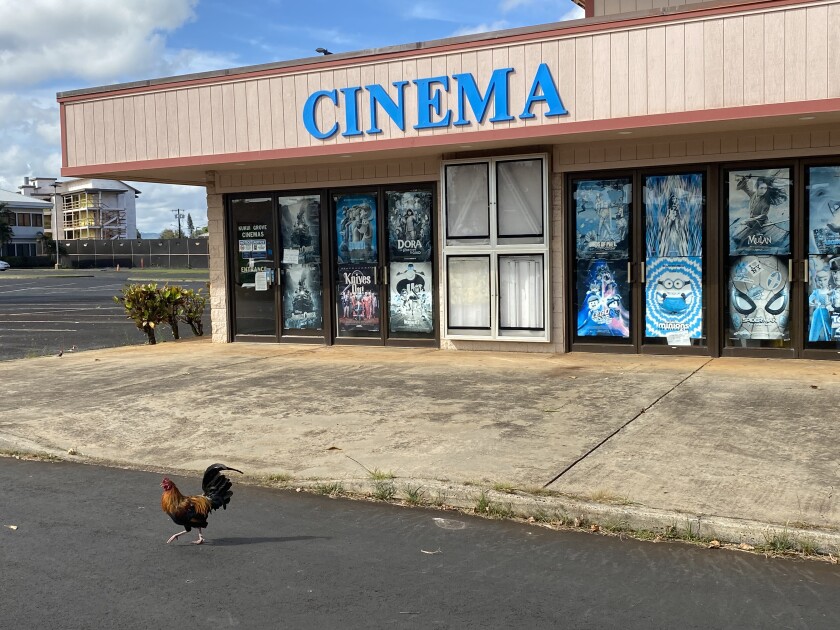
A rooster struts in the parking lot of the former Kukui Grove Cinema, one of many businesses that have been closed during the pandemic on Kauai, Hawaii’s North Island.
(Richard Read/Los Angeles Times)
Unemployment has dropped to 10% as more tourists have arrived on Kauai. However, attendance is unlikely to return to pre-pandemic levels for at least two years, according to a forecast by the University of Hawaii’s Economic Research Organization.
One factor limiting tourism recovery is a severe shortage of rental cars. For the past year, rental companies across the state have tried to cover losses by selling vehicles.
As rental prices have soared to as much as $700 a day, desperate tourists have resorted to driving U-Haul trucks. Some potential visitors have canceled their trips.
In early April, Kauai rejoined the state system, allowing travelers to avoid quarantine with a single negative pre-flight test.
Since then, more than 100 people have tested positive for the virus – the island’s worst wave. After aggressive contact tracing quarantined several hundred people, the island is again seeing about half a dozen new cases a week.
Unlike Texas, Florida and other states that have banned government-mandated “vaccination passports,” Hawaii has begun allowing people who provide proof of vaccination to bypass testing and quarantine requirements when traveling between islands.
But the shots must have been fired in Hawaii. Officials’ inability to verify vaccinations given on the mainland or abroad has prevented them from extending the system to people arriving via the Pacific for now.
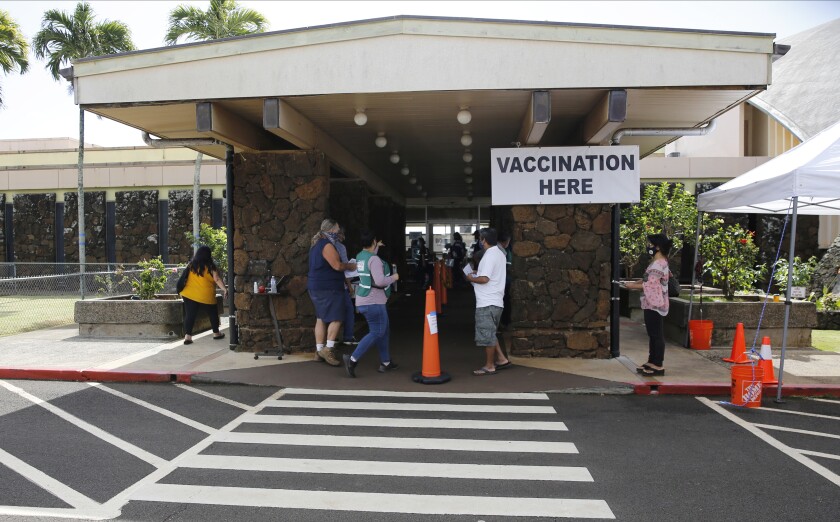
People queue to receive COVID-19 vaccinations in Lihue, Hawaii on March 3.
(Caleb Jones/Associated Press)
Even before the pandemic, life was getting harder for many on Kauai. Wealthy outsiders competed to buy houses, driving up house prices and rents.
The differences have only gotten bigger.
After property prices briefly fell, more mainlanders rushed into the property market, often buying unseen, to move to the island to work remotely.
Hannah Sirois, a Kauai real estate agent, said the perception of safety from the virus has increased the appeal of the surfing mecca, known for gentle rainfall, bright sunshine and magnificent rainbows.
“This island is so green,” she said, “and the people who are cooped up on the mainland wanted renewal, life and peace, and everything green is associated with.”
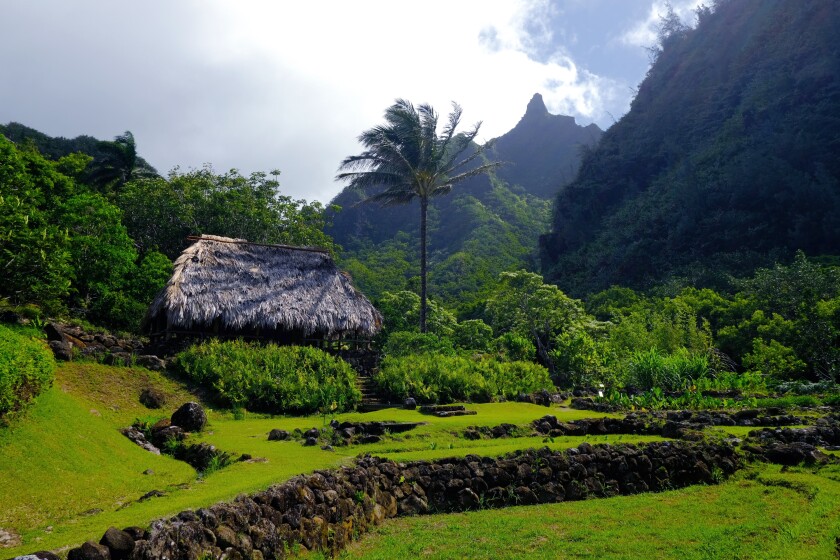
A traditional grass hut overlooks taro terraces in the Kauai hills, whose lush greens spurred an influx of remote workers during the pandemic.
(Calvin B. Alagot / Los Angeles Times)
Studio apartments converted from carports are now renting for more than $1,000 a month. The median selling price of a single-family home on Kauai rose to over $1 million in January, up 30% from the same month last year, widening the gap between rich and poor.
“I can walk past villas in one direction that I can’t even see because of gates and plants and things completely blocking the view,” said Felicia Cowden, a member of the county council. “And I can walk the other way past houses that have six or eight cars parked in front of them because so many working adults are crammed into a single family home.”
Back at Salt Pond Beach Park, several dozen residents maintain a neat campground, with tents under palm trees and children’s toys piled high.
But the campers are getting restless. You must leave by June 30 for the park to reopen to public use.
Morris, the combat veteran, said he’s fallen in love with Hawaii since arriving from California five years ago.
“But the one thing I’ll never get here,” he said, “is a place to live.”

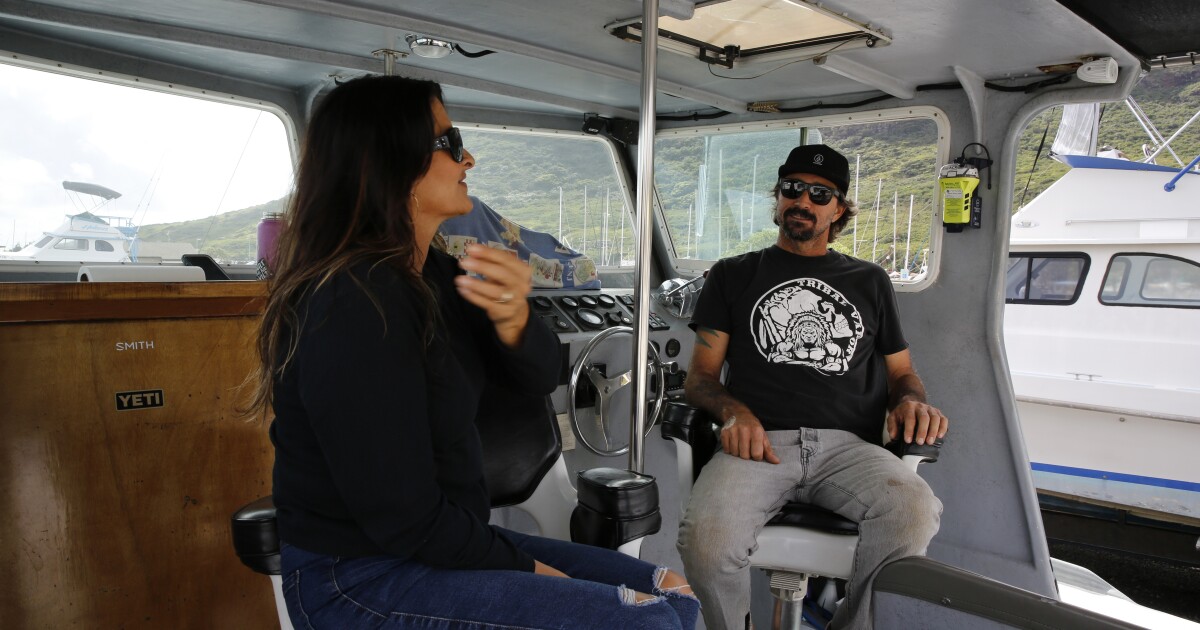
Comments are closed.